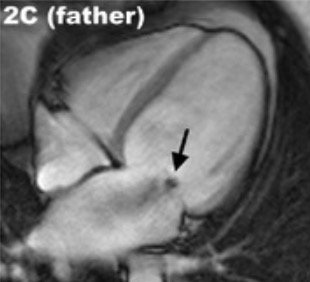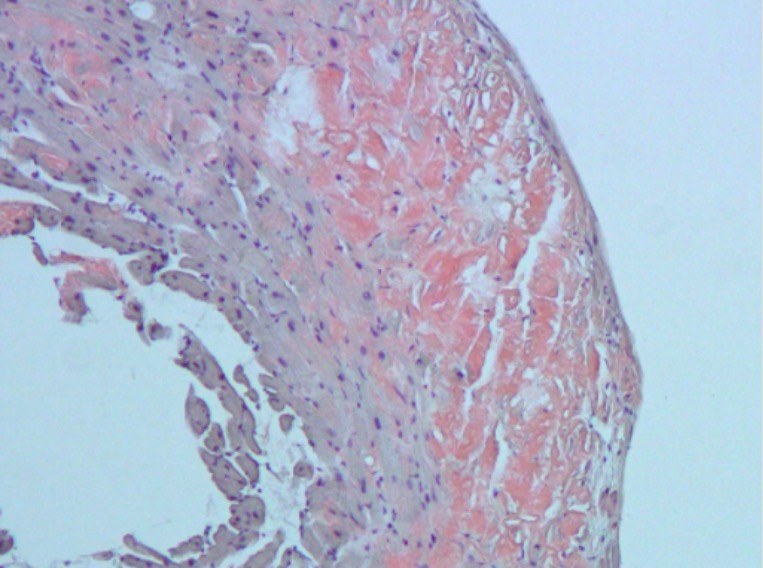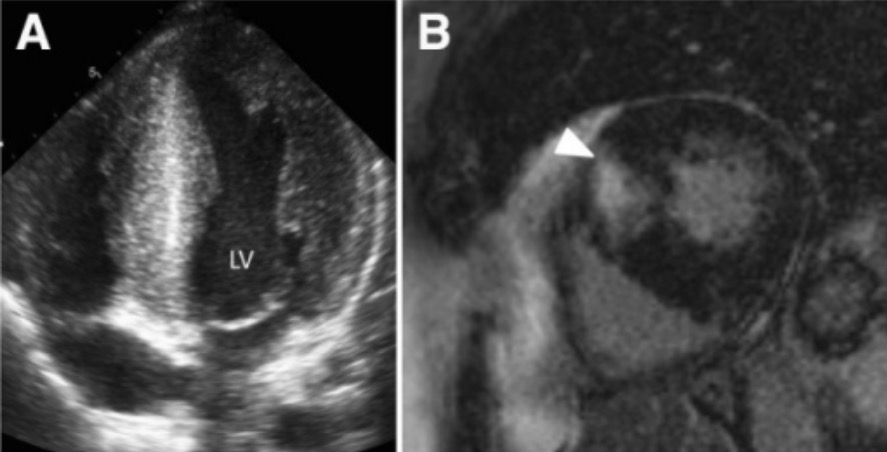Playlist
Show Playlist
Hide Playlist
Therapy – Cardiomyopathy
-
Slides 05 Cardiology Alpert.pdf
-
Reference List Cardiology.pdf
-
Download Lecture Overview
00:00 Let me just give you some final hints about advanced therapy for these patients. Patients with cardiomyopathy and severe heart failure, let’s say a typical patient with dilated cardiomyopathy, may get to the point where drugs no longer work and where we’re preparing to do a heart transplant. Often it takes a while before there’s a heart available and some of these patients are so sick, sick unto almost dying, that we actually implant a small pump to help the ventricle work for some months until a heart becomes available for a heart transplant. There’s now, as you probably know, even artificial hearts, totally artificial hearts, one of which was pioneered at my institution, the University of Arizona in the United States, a so-called “CardioWest”, total implantable artificial heart. They work quite well and I’ve seen a number of patients walking around with a knapsack on their back that contains the power source that actually goes through the skin and you can always tell these patients when they’re walking in the hall because they walk by you and they’re going, “Thucka–thucka–thucka–thucka–thucka–thucka.” So you know you’re seeing, actually, the artificial heart in function and people do very well. The problem is often blood clots because of all the mechanical machinery that the blood is in contact with. They have to be very aggressively anticoagulated and we usually think of this as a temporary step towards heart transplantation, when the patient is so sick that we don’t think that they’ll stay alive until we can find them a heart. There is some talk, if we can get these artificial hearts to be good enough, that we would not transplant these patients, we would leave them with the artificial heart. That’s still very experimental, but it would be hopeful because only about 10% of the patients that require a heart transplant actually get one. 01:52 Here, we see another device I mentioned before. This is the implantable cardioverter–defibrillator. 01:58 It’s a kind of pacemaker that monitors the condition of the electrical activity in the heart and when it sees a malignant ventricular arrhythmia, and we’re going to talk about those in a subsequent lecture, it actually shocks the heart and returns it to normal rhythm. For example, patients who’ve suffered a cardiac arrest from either dilated cardiomyopathy or patients who’ve suffered a cardiac arrest from hypertrophic cardiomyopathy or people who we feel are at high risk for developing a cardiac arrest have one of these little devices implanted. They’re quite expensive, but their use is quite common in people with the dilated forms of cardiomyopathy, much less common in people with hypertrophic myopathy. 02:41 As I’ve told you, many are not really at risk of dying suddenly. And finally, there’s heart transplantation. Unfortunately, only about 10% of individuals who need one get one. So, there’s great hope that eventually, a totally implantable heart will solve this problem, that we could replace the heart, just as we replace the kidneys with dialysis, with a mechanical device and we wouldn’t have to constantly be worried about patients who aren’t going to get a heart just because there aren’t enough. 03:10 In summary, then, that’s been a very quick look at cardiomyopathies. They’re a very interesting group of diseases, particularly the genetic forms, and these are diseases that are being intensively studied right now to see if there isn’t some way to improve the long-term outcome for some of the nastier forms of this disease.
About the Lecture
The lecture Therapy – Cardiomyopathy by Joseph Alpert, MD is from the course Cardiac Diseases.
Included Quiz Questions
The most significant problem with the newly pioneered artificial heart is:
- Formation of clots
- Limited battery and cost effectiveness
- Infections and pain
- Insufficient ejection fraction
- Edema.
Customer reviews
5,0 of 5 stars
| 5 Stars |
|
1 |
| 4 Stars |
|
0 |
| 3 Stars |
|
0 |
| 2 Stars |
|
0 |
| 1 Star |
|
0 |
Great lectures on these very interesting diseases. Very well structured.






